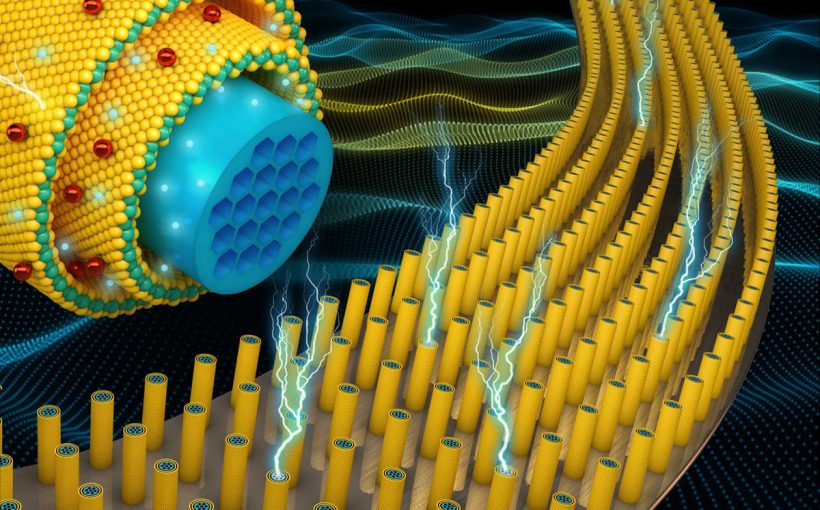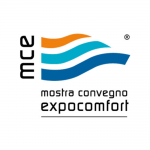
Supercapacitors: the batteries of the future?
Supercapacitors, with their unique characteristics, are replacing batteries in some applications. So does the future hold purely capacitive devices, with batteries mostly relegated to the past? Or is the advance of supercapacitors bound to stop?
Batteries vs Supercapacitors
Most of the devices around us have a battery, and often it is a lithium ion battery, one of the most used technologies thanks to its high energy density (about 100-200 Wh / kg), which allows you to have relatively light batteries that last a long time. However, a weak point is the speed of recharging and discharging, linked to the electrochemical nature of these devices, which sets a limit both on how quickly a battery can be charged and on how much power it can supply (limited to about 2000-3000). W / kg). Another problem concerns the degradation of capacity after a certain number of charge and discharge cycles, an evident effect for anyone who has, for example, a mobile phone with more than a couple of years.
This type of problem is instead absent in capacitors (or capacitors), which have an electrostatic nature and therefore have very short charging and discharging times and much less marked degradation. Unlike batteries, however, they have an extremely low energy capacity, of just 0.1-0.3 Wh / kg for electrolytic capacitors, the highest capacity type. This lack makes them unsuitable for practically all portable applications or applications that require a certain autonomy.
The discourse changes when instead we talk about supercapacitors, which are able to store between 10 and 100 times more energy than a normal capacitor, with the limitation of a maximum voltage supported by a few volts. This energy capacity, intermediate between normal capacitors and lithium-ion batteries (from about 2 Wh / kg for double-layer supercapacitors up to 10-15 Wh / kg for hybrid supercapacitors), combined with the advantageous charging characteristics, power in output and longevity, makes this type of device a very interesting and advantageous choice for a large number of applications.
SOURCE: e-nsight.com








Recent Comments